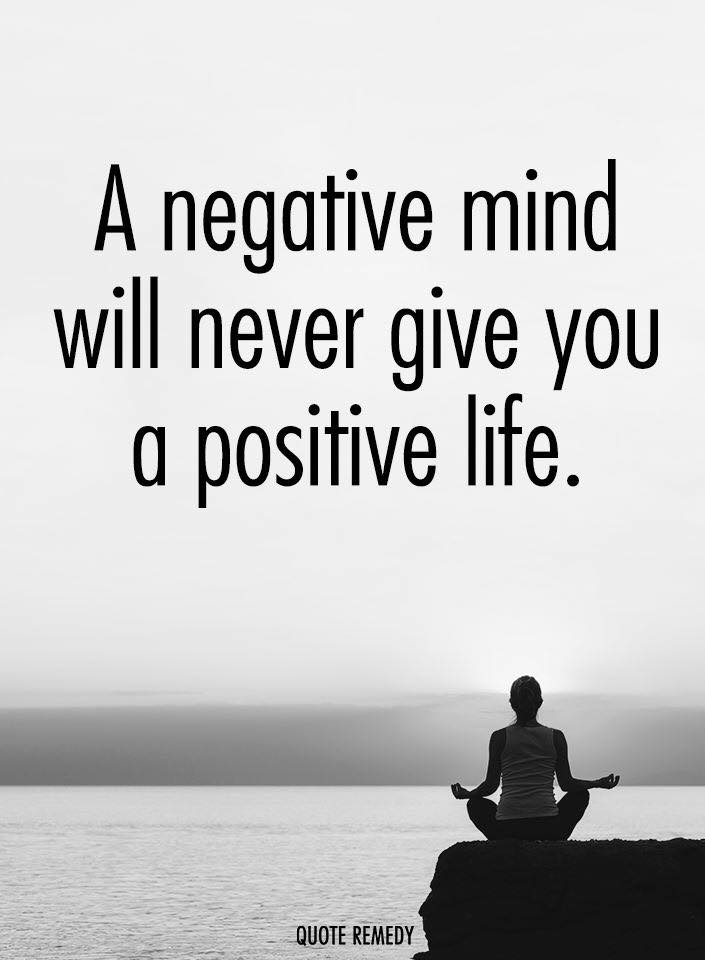To achieve mindfulness can be best defined as the act of being completely present and stay in the moment. It entails releasing thoughts of the past and fears of the future and instead existing in the here and now. It means being grounded in your current time, focusing on the world around you as it is, and controlling your thoughts to stay with you where you are.
Being mindful can sound both simple and difficult to try and practice mindfulness. As a concept, it doesn’t sound complicated but learning to fully dictate how your mind moves are harder than it sounds. For some, it might even sound like a fantasy altogether! But with the countless scientifically-backed physical and mental benefits to mindfulness, it’s a practice to add to your life.
So, what is it like to be mindful? Here are 10 effective ways to achieve mindfulness that will help you answer that question.
1. Let Yourself Daydream
Daydreaming isn’t just fun and relaxing – it’s also healthy. It means that even when it’s not engaged in a serious task, it’s thinking, moving, and flexing its muscles of creativity. Research has seen many positive effects of daydreaming, and one of the lesser-known benefits is how it can help mindfulness.
The act of having a “busy” brain, or a brain that is almost always engaging in something interesting, is believed to help alter your awareness of your mind. Your brain is wandering, like brains naturally do, and you become aware of that. You allow the brain to go where it pleases, and then when you need to, you bring it back to the present without judgment. That’s a good first step into mindfulness, all on its own!
2. Get In Touch With Your Senses
Your senses are what ground you in the present, which is a key aspect of mindfulness. Learning to engage your senses to keep you rooted in the current moment is a great way to begin learning mindfulness.
This is because when your thoughts control you and you get lost in them, you likely aren’t paying much attention to your senses. Here are some ideas on ways to start getting more in touch with all those aspects today:
· The Sense of Sound
Listen to the sounds in your home you don’t usually pay attention to, like the whirring of a fan. Appreciate the subtle instrumentation of your favorite songs. Listen to the clinking of plates as you wash dishes.
· The Sense of Sight
Observe and appreciate the colors and shapes of the objects you interact with every day, like your phone or coffee mug. Notice the details in the patterns of items around you. Take a closer look at the people in the background of TV shows and movies.
· The Sense of Smell
Breathe in, and love the scent of your tea or coffee. Guess the underlying notes of your soaps, shampoos, and lotions. When you walk by shops, please take note of each scent they emanate.
· The Sense of Taste
Pay close attention to the distinct flavors of the food that you eat. Notice the strength of your toothpaste and mouthwash. Chew gum to engage your taste buds when you feel ungrounded from the world.
· The Sense of Touch
Observe the textures of the clothes you’re wearing and the objects you interact with daily, like your computer mouse or bed sheets. Feel the different textures of the ground beneath your feet and shoes as you go about your day. Take note of how the water feels when you wash your hands and how soap changes the sensation.
3. Eat In A Mindful Way
Many people eat while distracted. You might:
- Check your phone
- Read the newspaper
- Watch TV shows or videos
- Shovel down food quickly while thinking of your to-do list
- Work while you eat
- Engage in constant conversation
While these seem fine to do, they actually cause you to become engaged in an autopilot mode that means you ignore what you eat. On a physical level, it means you don’t notice when you’re full and can overeat. On a mental level, you’re losing mindfulness.
Studies have shown many benefits to mindful eating, and it can certainly help you become more mindful. Be present in your actions. When you eat, focus only on eating. When you drink, focus only on drinking, if possible.
This doesn’t mean to shun social interaction while you eat or drink, but it means putting the act of eating first before all else. Don’t try to do a million other things when you’re supposed to have a meal! Focus on your food taste, how much of it there is, and even the texture. It’s a kind of mindfulness that’s underrated, and the practice will come in handy when you actually need to be mindful later.
4. Listen With All Your Heart
When someone is speaking, you might:
- Focus on what you’re going to say next
- Make judgments on their words
- Get completely lost in your thoughts
- Have half a mind on things you need to do
- Be self-conscious about your posture or appearance
These acts mean you’re not truly listening to those speaking to you. Not only is that disrespectful, but it’s also bad for you if you’re trying to be mindful.
So the next time you’re listening to someone, open your heart and mind to simply listening with all your heart. Trust yourself to know what to say when it’s your turn. Leave judgment at the door. Focus only on the words you hear and their meanings. The other person will feel more listened to, and you’ll be honing your mindfulness.
5. Start Small
Mindfulness doesn’t come naturally to everyone, and most people take time to learn how to put it into practice. So don’t be discouraged if you have trouble doing so at first. Start small and take baby steps into achieving mindfulness.
Beating yourself up over not being good at being mindful right away is completely counterproductive. Work on small things, one at a time, until each one comes naturally to you, and you can move on to the next challenge. There really are no shortcuts, so take your time and challenge yourself to achieve your mindfulness goals!
6. End Each Day In A Positive Way
No matter how badly each day went, try to end each day with positive thinking by focusing on its best parts. Be thankful for all the little moments of positivity, even if they’re as simple as drinking a good cup of tea or smiling at someone on the train.
When you end your days positively, you take back control from the crazy cycle of life and put it in your hands. No matter how your day went, your mindfulness allows you to have noticed its good sides, and you can focus your energies on appreciating them instead of being caught in the bad times.
7. Use Your Strengths
Using your strengths doesn’t just mean playing into the things you’re good at. It also means turning negative moments into ones that highlight your abilities. Instead of assigning bad things to yourself, see the good that lies in the bad and focus on how to bring out the positive above the negative.
Here are some examples of how you can do this:
- When your mind wanders a lot, please do not focus on how difficult it is to concentrate. Instead, focus on the creativity of your mind and how you’re able to be aware of its wandering.
- When you dislike your perfectionism, think about how it can be used to make a good schedule that you can easily stick to because you want to meet your expectations.
- When you think negative things about your appearance, appreciate your humility and think about how useful an asset that humility would be if it were well-placed, fair, and accurate instead of hurtful and overly judgemental.
8. Lose Yourself In The Things You Love
You’re likely to have things you’re passionate about in your life. When you do those things, they’re a great way to allow your mind to become entirely focused on just those actions. It’s a form of mindfulness that’s often overlooked, and it’s a wonderful way to begin practicing the concepts of presence in mindfulness.
You don’t have to do anything big to achieve mindful passions. You can be:
- Walking
- Cooking
- Singing
- Gardening
- Painting
- Writing
- Dancing
Any of these options – and any others you can think of – work for this purpose, as long as you genuinely enjoy doing them. Lose yourself in your actions, let go of your worries and fears, put on some positive thinking, and have a good time!
9. Fill Your Waiting Time
There are brief moments of respite that you’ll have in your daily rush of life. For many people, waiting can be annoying, especially if you’re waiting in traffic, in line, to arrive at your stop, or for an appointment.
Instead of considering this waiting time boring and annoying, use it to practice mindfulness. You can easily get 10 minutes of effective but discreet mindfulness meditation while you’re riding a train or spend a few minutes grounding yourself as you wait for your food order to arrive. You’d be surprised how much mindfulness practice you’ll get in a day by using your “boring” time to engage in it!
10. Practice Visualization
Visualization is an amazing practice. All you have to do is shut your eyes and imagine something positive and pleasant. It can be:
- Going to your happy place
- Thinking about people or things you love
- Imagining your life goals
The most positive way to do this is probably through goal visualization. This is because visualization is an incredibly powerful tool when it comes to achieving personal dreams and aims. In fact, studies indicate that visualization can actually have notable immediate self-fulfilling effects and even spur you towards taking actions that will bring about your goals faster!
Final Thoughts On Some Effective Ways To Achieve Mindfulness
Achieving mindfulness can take time as you break cycles and patterns that you’ve become accustomed to for years. Just remember that you are in complete control of your mind and can coax it back into your control with impressive ease if you try! If you need help achieving mindfulness, there are plenty of online resources to help you, and most mental health professionals can aid you in the learning process, too.

















 Community
Community

